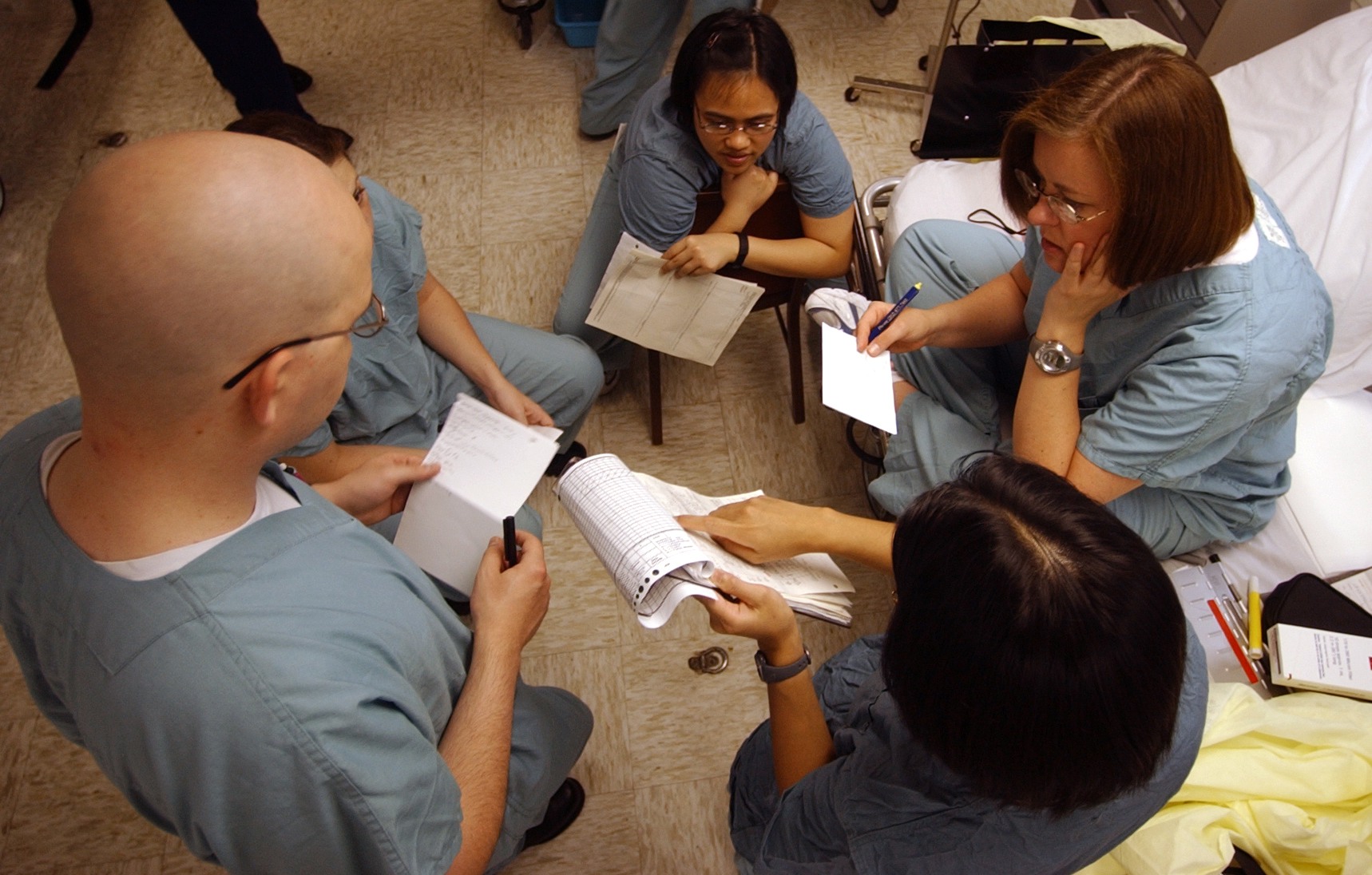
Communication failures in U.S. Hospitals are a leading cause of preventable medical errors and adverse events. The most dangerous times are patient care transitions at the time of shift changes and patient transfers between hospital areas, healthcare facilities, and care settings. According to the Joint Commission, an estimated 80 percent of serious medical errors involve miscommunication between caregivers during “handoffs” and between care providers at patient care transitions.
In light of these potential communication breakdowns, the VA-SAFE Handoff System (VASHS) was developed. The VASHS is powered by an evidence-based, standardized approach to improving handoffs developed by researchers across the U.S. and Canada. A study published in 2014 in the New England Journal of Medicine (NEJM), Changes in Medical Errors after Implementation of a Handoff Program, found a 23 percent reduction in medical errors and a 30 percent reduction in adverse events after the implementation of the handoff standardization intervention employed by the VASHS.
The concept of handoff standardization is often embraced, but changing the process is hard in medicine. Many healthcare facilities say they have “standardized handoffs” at care transitions, when they truly don’t. What’s needed is software that can track the steps required, capture performance and give empirical data for continual improvement. This can be provided by the VistA Patient Case Manager (PCM), the VASHS software platform designed specifically for the VA.
The VA knows that handoff standardization improves care – the challenge is achieving methodical enterprise-wide adoption of standardized best practices. It’s a critical step for safer care and for the transition to evidence-based medicine. A primary tenet of healthcare delivery is to “first, do no harm.” The Hippocratic Oath that medical students take upon entering their profession includes the Latin phrase “noxamvero et maleficium propulsabo,” which translates literally to “I will utterly reject harm and mischief.” It’s the foundation of modern healthcare to provide healthcare services that will benefit patients while taking all the measures possible to avoid doing harm. Handoff standardization is absolutely fundamental to this overarching objective.
The care of the patient needs to always be the primary mission. That said, the cost-savings of truly implementing the VASHS are very compelling, especially in the currently austere federal budget climate. In the above mentioned 2014 study published in the NEJM, the statistically significant reduction in the occurrence of preventable medical errors and adverse events was remarkable. Another 2013 study published by the same lead investigators in Journal of the American Medical Association showed that a standardized handoff intervention led to more than 1.5 fewer adverse events for every 100 hospital admissions. This statistic makes possible a “back-of-the-envelope” calculation of how the intervention in the study might impact a given healthcare provider organization.
Let’s assume that adverse medical events have a cost of $5,000 each on the low end and $27,000 each on the high end. Using these assumptions, a hospital with 5,000 annual acute inpatient admissions per year would prevent 75 such events, while a facility with 25,000 acute admissions would prevent 375. Those admission numbers translate to savings of $0.4 to $1.8 million for the first facility, and between $1.9 million to $9.3 million saved for the larger institution.
Now consider that the VA had 707,400 inpatient admissions in 2014. Using the same adverse event cost numbers as above, implementing the VASHS could greatly benefit veterans AND save US taxpayers between $53.1 million to $286.5 million over one year and $265.3 million to $1.4 billion over five years.
With savings that compelling, one might ask why adoption has not been broader. The fact is successfully adopting standardized processes in healthcare provider organizations is just as much, if not more about culture change than it is technology implementation. It’s hard for larger organizations to make change, and many facilities that say they use a standardized handoff methodology like the VASHS really have not implemented the key aspects of the intervention most likely to deliver the desired results when you look closely. As management consultant Peter Drucker famously said, “Culture eats strategy for breakfast.” Too often, there is a profound disconnect between aspiration and reality.
Removing that disconnect is a big part of what the PCM enabled VASHS accomplishes. PCM is a real-time business intelligence and care coordination platform that enables virtual interdisciplinary discharge planning collaboration, supports standardized evidence based provider handoff communications, and makes compliance both measurable and visible. It provides real-time performance metrics, and is a critical step on the road to measuring how effectively a given organization has implemented the evidence based VASHS, and sustaining the best practice on an ongoing basis.
It’s past time for the VASHS to be fully embraced across all VA facilities. The handoff standardization methodology on which it is based has been proven to improve the safety of medical care and our veterans deserve every protection. And in a very challenging federal budgetary climate, the savings generated post VASHS implementation could be invested by the VA in other areas of care.
